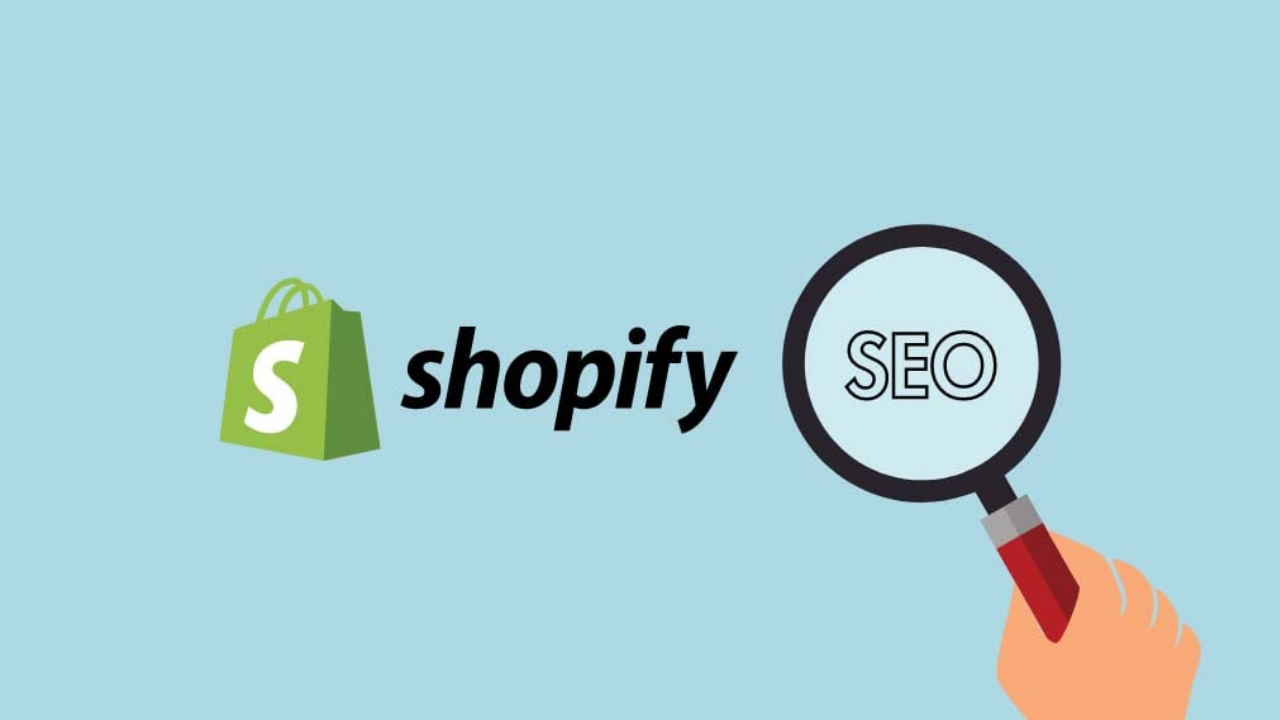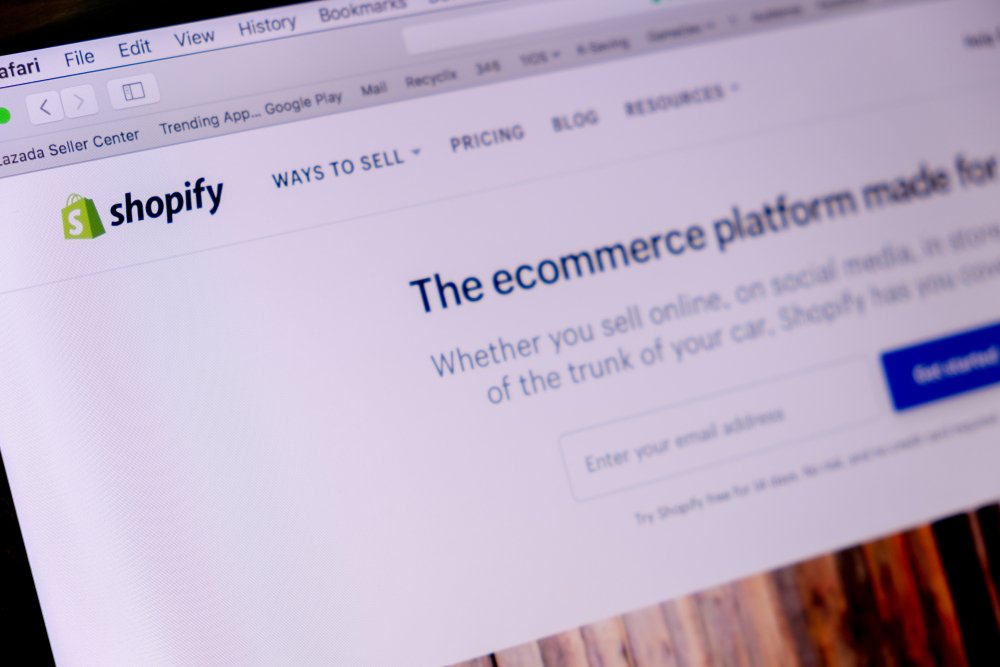The Ultimate Guide to Pro Marketing Solutions for Shopify Stores
Introduction
Effective Shopify store marketing requires a combination of a strategic plan of action, imagination, and the appropriate resources. With so many other Ultimate Guide to Pro Marketing options at your disposal, it’s necessary to pinpoint the best tactics for increasing traffic, revenue, and building dedicated customers. We’ll look at expert marketing strategies for Shopify stores in this tutorial, which can make you stand out in an increasingly competitive marketplace.

1. Optimising Your Shopify Store
Verify that your store is optimized for both search engines and users before implementing more advanced marketing strategies. Here are some important aspects to remember:
1.1 Website Speed
Both user experience and search engine rankings are enhanced by a website that loads quickly. Use resources like as Google PageSpeed Insights to highlight areas that require enhancement.
1.2 Mobile Optimization
Double-check that your store is completely responsive since more and more customers are making purchases from mobile devices. Although The Ultimate guide to pro marketing most Shopify themes are responsive, you might need to make some unique modifications.
1.2 SEO Best Practices
Improve URLs, meta tags, and product descriptions. Incorporate appropriate keywords carefully; do not stuff keywords. To speed up this procedure, think about utilizing SEO applications such as Plug in SEO or Smart SEO.
2. Email Marketing
Email marketing is a powerful tool for nurturing customer relationships and driving sales. Here’s how to make the most of it:
2.1 Building an Email List
To expand your email list, use pop-ups, exit-intent offers, and rewards like discounts. Make sure that the GDPR and other data protection laws are followed.
2.2 Crafting Effective Campaigns
Send individualized content by categorizing your audience. Use email marketing tools to streamline and evaluate your campaigns, such as Mailchimp or Klaviyo.
2.3 Abandoned Cart Recovery
Send out automated emails to customers who have left things in their carts, encouraging them to finish their purchase by providing incentives like discounts.
3. Social Media Marketing
Use social media to interact with your audience and boost your brand’s visibility.
3.1 Choosing the Right Platforms
Determine where is the majority of your target audience’s time spent. Prioritize well-known social media sites like Facebook, Pinterest, and Instagram, but don’t ignore booming ones like TikTok if they suit your business.
3.2 Content Strategy
Make a content calendar that combines user-generated content, appealing images, and promotional posts. Use such tools which provide high quality videos and images like Canva Pro.
3.3 Influencer Partnerships
Work together with influencers who genuinely connect with those you want to reach and who share the same values as your business. To identify and manage influencer relationships, use solutions such as AspireIQ.
4. Paid Advertising
If paid advertising is invested in correctly, it can provide significant profits.
4.1 Google Ads
To target customers with high intent, use search advertisements and Google Shopping advertisements. Use pertinent keywords to optimize your campaigns, and keep a continuous eye on their effectiveness.
4.2 Facebook and Instagram Ads
Utilize Facebook’s advanced targeting features to connect with particular populations. To optimize ROI, make advantage of remarketing, video advertisements, and carousel advertisements.
4.3 Retargeting Campaigns
Use retargeting techniques to bring back customers who showed interest in your goods. These campaigns can be managed across several channels with the use of platforms such as AdRoll.
5. Content Marketing
By producing high-quality content, you can attract and keep consumers while building your brand’s authority in your industry.
5.1 Blogging
Create a blog to provide product updates, how-to manuals, and industry insights. Posts should be promoted via email newsletters and social media in addition to being SEO-optimized.
5.2 Video Content
To highlight product features, client endorsements, and behind-the-scenes information, spend money on video marketing. For distribution, websites like YouTube and Instagram Reels are excellent.
5.3 User-Generated Content
Invite clients to write about their interactions with your products. To establish community and trust, highlight this information on your website and social media accounts.
6. Analytics and Data-Driven Decisions
Utilize data to guide your marketing tactics and boost output.
6.1 Google Analytics
To monitor visitor activity, traffic sources, and conversion rates, set up Google Analytics. Make the most of your marketing efforts by using this data.
6.2 Shopify Analytics
Make use of Shopify’s integrated analytics to keep an eye on revenue, client behavior, and product effectiveness. For a more complete picture, integrate this data with insights obtained from your marketing channels.
6.3 A/B Testing
To find out what works best for your audience, run a series of A/B tests on your website and marketing initiatives. Efficient tools such as Optimizely can facilitate this procedure.
Conclusion
By putting these expert marketing strategies into practice, you may greatly improve the performance of your Shopify store. You can achieve your business objectives by making data-driven decisions, investing in paid advertisements, optimizing your website, utilizing email and social media marketing, and producing high-quality content.
FAQ’s
1. How can I drive more traffic to my Shopify store?
Focus on SEO, social media marketing, paid advertising, and content marketing. Optimize your website for search engines, engage with your audience on social media, invest in targeted ads, and create valuable content.
2. What are the best tools for email marketing?
Klaviyo and Mailchimp are popular choices for Shopify stores. They offer robust automation, segmentation, and analytics features to help you run effective email campaigns.
3. How can I improve my store’s SEO?
Optimize product descriptions, meta tags, and URLs with relevant keywords. Use SEO apps like Smart SEO or Plug in SEO, and regularly publish high-quality content on your blog.
4. What types of social media content should I create?
Mix promotional posts with user-generated content, engaging visuals, and videos. Highlight customer testimonials, behind-the-scenes looks, and product tutorials.
5. How do I measure the success of my marketing campaigns?
Use tools like Google Analytics, Shopify Analytics, and insights from your marketing platforms. Track key metrics such as traffic, conversion rates, and ROI to evaluate performance.
6. What is retargeting and how does it work?
Retargeting involves displaying ads to users who have previously visited your website but didn’t make a purchase. It aims to re-engage them and encourage them to complete their purchase. Use platforms like AdRoll to manage retargeting campaigns.









